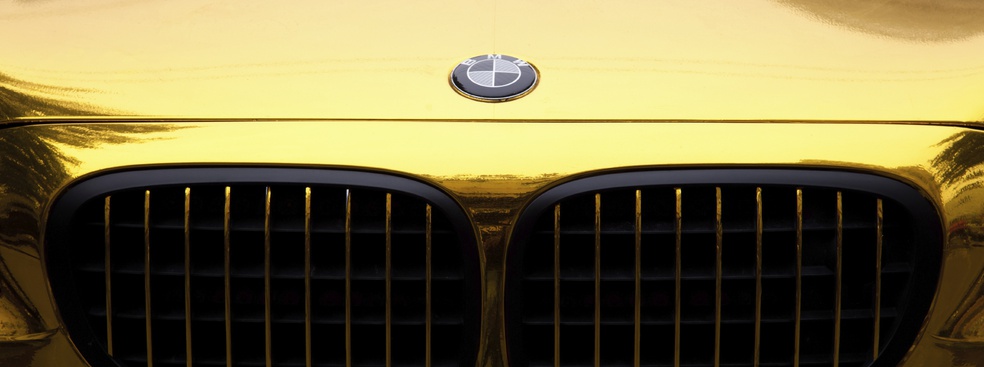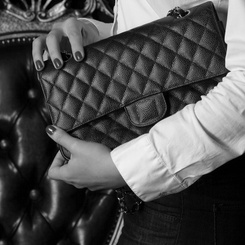Within the last century, BMW has grown to become one of the largest premium car manufacturers in the world. That said, they have continuously tried to expand the upper boundary of their offering and grow their luxury reach.
As western markets saturate, a big part of this effort has been focused on quenching China’s growing thirst for luxury products. The study BMW: Driving Luxury to China? deciphers BMW’s luxury strategy in China, and reveals 5 key lessons for western firms looking to expand in the region.
1. Take the time to get to know your consumer, late entrant may not be bad after all
Contrary to many of its competitors, BMW followed a “wait and see” approach in China. They established their first local representative’s office in 1994, and contracts were initially settled with only five self-importing car dealers.
The idea was to gain some first-hand experience in uncharted territory before making any larger investments. Working with consultancy firm McKinsey, they worked on getting to know their future consumer: China’s growing ‘new rich’ demographic. They also worked to identify the clusters that could fit with BMW’s approach to luxury.
What they discovered was that, unlike many European consumers, Chinese consumers wanted to show off what they had. Driving a luxury car was seen as a status symbol and an expression of their financial success. Here, envy is interpreted in the very positive sense of “I want it as well”, ultimately driving luxury sales.
They found that Chinese consumers liked to show their wealth in one of two ways. First, by purchasing well-known, true-luxury brands, like Bentley and Rolls Royce in the case of the automotive industry. Or, by following the old adage: the bigger the better.
It quickly became clear that a strategy of selling older models at lower costs in emerging markets was not going to pay off in China.
2. Benefit from the knowledge of a local player
By the early 2000s, the market seemed ready for a bigger investment. This was made possible with the involvement of a local player: Brilliance Automotive Holdings Limited (CBA). By 2003, after long negotiations, a long-term agreement was signed between the two firms, requiring an investment of 479 million.
By partnering with a local firm, BMW were not only able to benefit from their knowledge of Chinese consumers and customize their product offering to their specific needs, this partnership also helped them own production facilities in China and benefit from lower taxes and tariffs.
3. Take no short-cuts, build your brand by showing respect to HHNIs, as if, from scratch
Because Chinese clientele were all about conspicuous consumption, BMW’s brand value in the region was all the more important. This meant that substantial marketing investments needed to be made. Brand awareness and reputation activities – which were necessary to be considered among Chinese luxury shoppers – were widely increased through advertisement across different channels, including top of the line magazines, television, and internet. Moreover, exclusive “experience days” were kicked off in different cities, offering first looks at the next-year’s models and giving invited clients a luxurious brand experience.
4. Step aside and think about how your brand will grow in the future
One of BMW’s first moves was to start building bigger, flashier cars for the Chinese market. However, they quickly realized that it would also be important that these bigger cars did not consume more fuel. Whereas most competitors tried to achieve fuel reduction in hybrid cars through smaller engines, BMW did not want to lose the aggressiveness of their cars by cutting down horsepower. An R&D unit was established in 2005 to support the development of local vehicles.
The ActiveHybrid 7 was only the first step but clearly marked a new era for BMW, who made the development of electric engine a priority nearly a decade ago. In 2009, BMW signed a Joint Venture agreement with SGL Group, a 200 million investment to start the first serial production of carbon fiber parts in car manufacturing. The development of plug in hybrids in combination with ultra-lightweight construction was combined under a newly created brand: BMW i. Only five years later, in 2014, the first series of the BMW i8 sports car, which would combine luxury and power (362 hp) with environmental responsibility (consumption of 2.1 1/100km), was made available for privileged customers. A collection of leather luggage pieces for the i8 was designed and crafted by prestigious fashion house Louis Vuitton.
5. Prepare for PESTEL all the time, time and again
BMW’s wait and see approach helped the firm build solid foundations in the region, which has paid off in the long run. From 2005 to 2011, sales grew from 24,025 units to 232,586 units, representing a growth of 968% over the whole period.
However, in more recent years, China’s economic slump has made continued growth for BMW increasingly difficult. Their strong foundations, however, have allowed them to offset the downturn in China with increased sales in South Korea.









